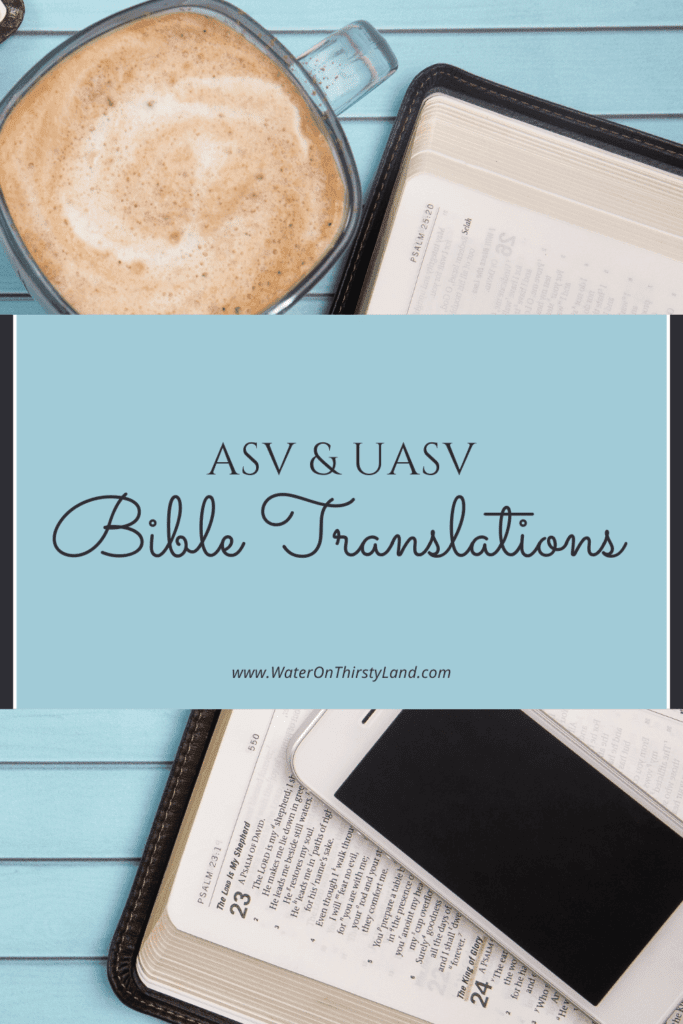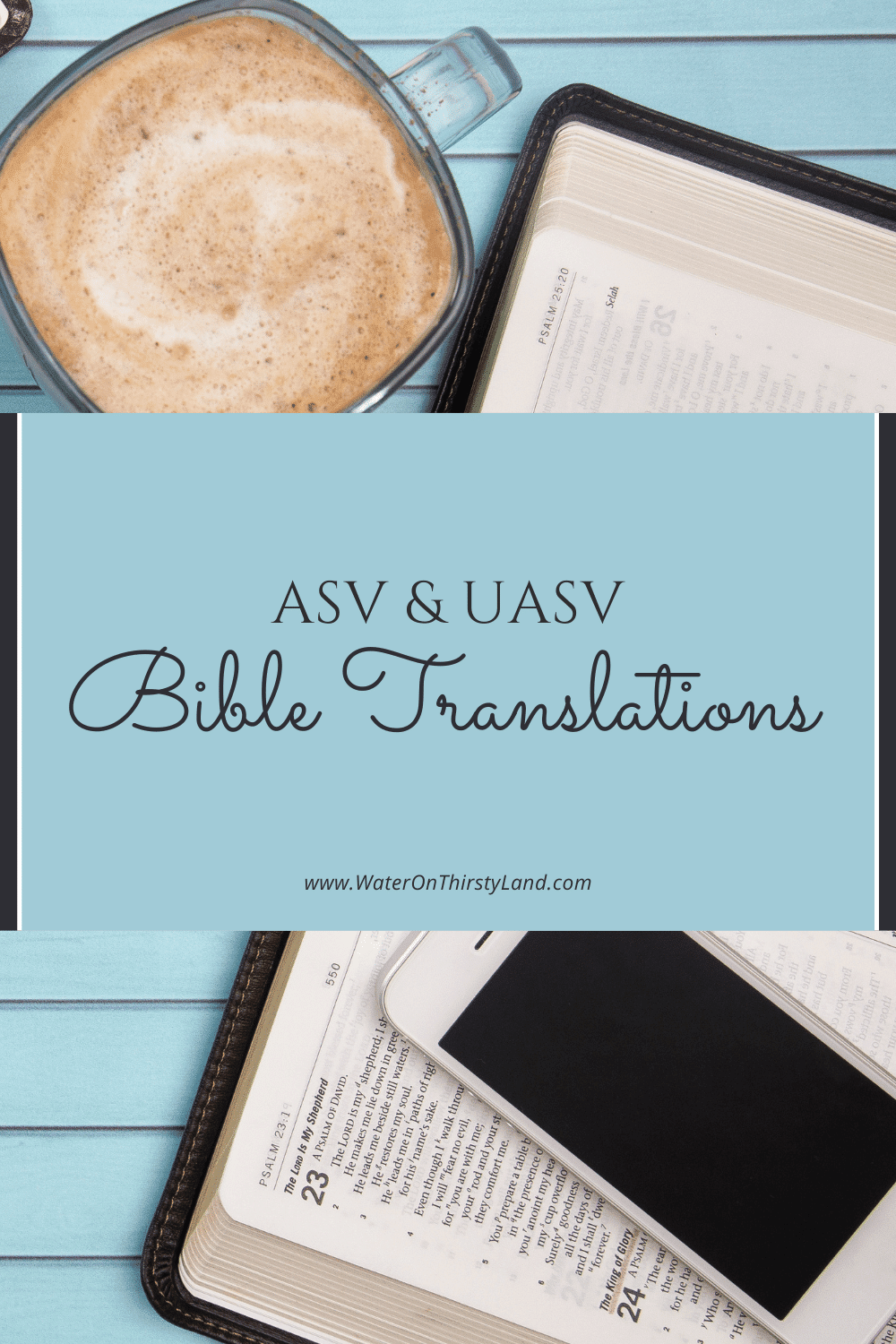What type of translation are ASV and UASV?
The American Standard Version (ASV) and Updated American Standard Version (UASV) were completed by American scholars using the Formal Equivalence translation philosophy. This means that translation was done with the goal of showing readers what God said by means of a human author.
Word-for-Word translations use this method and hold the belief that the responsibility of interpreting words is held by the reader versus the translator; the translator’s role is merely to translate the texts from the original languages into the languages of today’s culture and it is our job to interpret what they mean.
What is the American Standard Version (ASV) Bible translation?
The ASV translation was published in 1901 by Thomas Nelson & Sons. It has also been known as ARV, ASR, ASRB, and ASE translations, but by 1929 it was most commonly known as ASV. This is a revision of KJV that focused on updating the language. The scholars responsible for ASV used more manuscripts than were available and understood when the KJV was translated, so they were able to utilize a broader set of tools and knowledge for this translation which helped the accuracy and enabled them to provide a more literal translation than the KJV. In fact, some language that had been translated into English in the KJVwas brought back into the original Hebrew, Greek, and Aramaic throughout the ASV. For example, in KJVwhere God is named “LORD”, it reads “Jehovah” in the ASV.
Far and wide, the ASV is claimed to be the most literal translation of the Bible into English. ASV has been widely used as the basis for later translations, such as the Updated American Standard Version (UASV), Revised Standard Version (RSV), Amplified Bible (AMB), New American Standard Bible (NASB), Recovery Version (RV), and The Living Bible (TLB). ASV is thought to be an incredible translation for those who wish to read as close to the original languages as possible while being unable to actually read and understand them.

What is the Updated American Standard Version (UASV) Bible translation?
The UASV is a revision of the ASV that is actually still being translated. The purpose of this particular translation is to provide a deeper, more accurate translation in the closest corresponding modern English, according to Christian Publishing House (CPH). CPH, the developers of the UASV, claim the original author’s meanings are never put in danger in order to improve readability because it is the job of the translator to translate, but the job of the reader to interpret. They are referencing the NT translated by William Tyndale in 1526, KJV of 1611, RV of 1885, and the ASV from 1901. They are also referring straight back to the original Hebrew, Greek and Aramaic.
The founder of CPH and the UASV translation has been working on the UASV since 1996. Through the loss of his family and job, and while enduring homelessness, he completed college, wrote various books, and continued his work on this translation. His passion for the completion of this translation is certainly commendable to say the least.
Should I use the UASV BIble translation?
The ASV seems to be looked over pretty often outside of the scholarly world, but because of the additional knowledge and resources available at the time of its completion, it may very well be a step up from the KJV. The UASV is certainly a translation to keep your eye out for.





